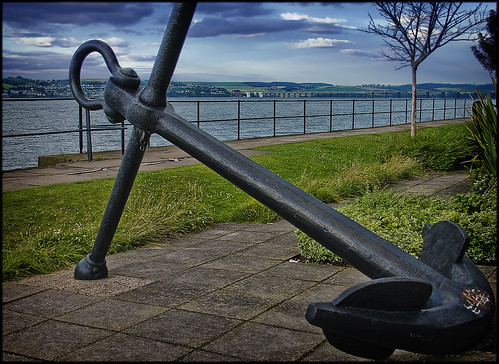This post was originally written many moons ago, but somehow got stuck in the iPad and I never noticed it was not published. Well, better late than never…
My Period Four US History and Government II students have a test on Friday, it is based upon their presentations to the class on the 1950’s and vocabulary from the Civil Rights Unit. Actually all four of my US II classes have a test on Friday.
We created a Padlet from questions the student generated based upon their presentations. Student projects were posted on the class wiki and all of this information was wrapped up nicely and neatly in Edmodo for student access. Students were encouraged to use class time to collaborate and see if they could use their notes to answer the review questions. I used this method to study in college, I dislike studying in isolation.
As students worked together, I floated about to see if there were any questions they were having trouble with and if they were staying on task. We had mixed results, most students were on task and few had questions they could not answer. There were some students who were off task, redirected when I came by, and then went off task once I left. That happens, I did the same at their age.
Today, a couple of students started playing Hangman on the Interactive WhiteBoard in the front of the room. A number of other students jumped in and seemed to be enjoying themselves. I made a suggestion, which seemed to catch them a bit off guard. I did not tell them to get away from the board and study, I suggested that instead of playing Hangman with random words, why don’t they use the information from the class and use the game as a review.
They seemed to enjoy the effort, the majority of the class worked together and played in a large group. They assisted each other with the terms being asked and what some words meant as they were guessed. I had a few students who are not as social in class continue to study on their own. Overall, it seemed like a productive class. Students worked on their reviews, seemed to enjoy themselves, and it broke up the monotony of conducting the usual reviews. Sometimes going off the beaten path can be a good thing.

